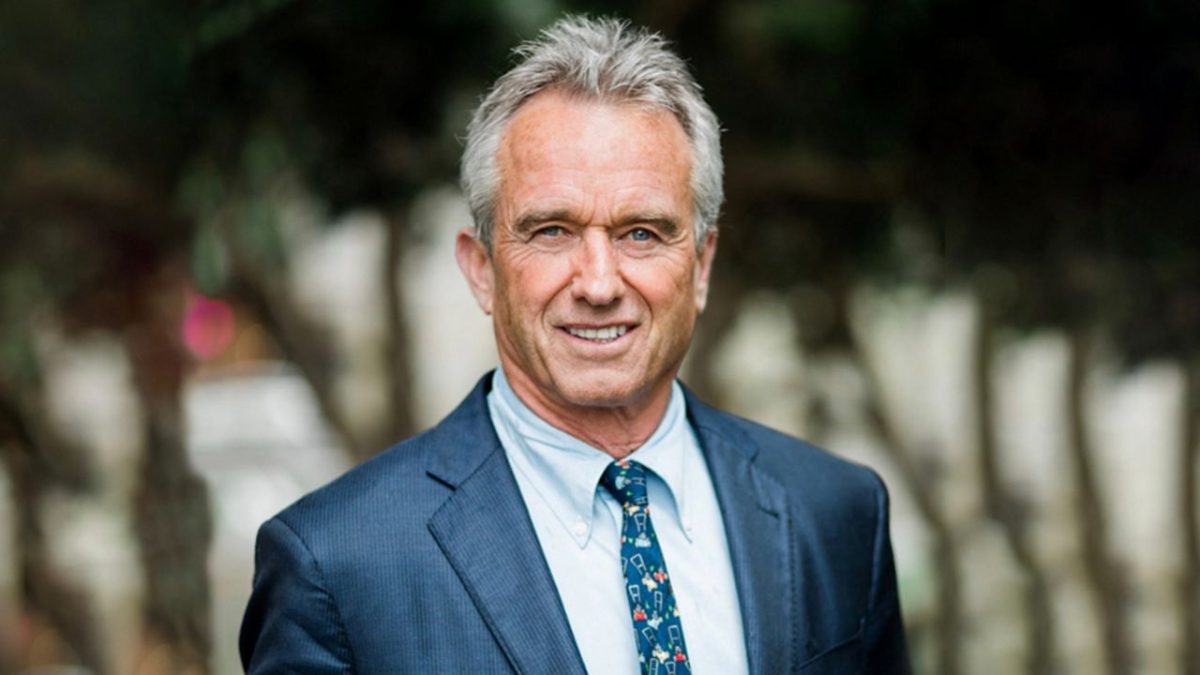The press is keeping the public well informed on hot-button issues such as the economy and Libyan power struggles. However, the famine rampaging in Eastern Africa is severely lacking attention from the media. Over half of the population in Somalia is suffering from malnutrition, and a large portion of the world has no idea that it’s happening.
Somalia’s people rely heavily on crops for sustenance. Normal foods in Eastern Africa are lentils and bread made of dhurra, millet or a grain called teff. Agriculture in Somalia, however, has been difficult due to a drought, the worst in sixty years, that has been recently plaguing the horn of Africa. The demand for grain is extremely high, and the lack of moisture is making it difficult for farmers to come up with much. Thus, the prices on grains are skyrocketing. This affects the cost of cereal and other goods as well as endangering livestock, another chief source of nutrition.
Four million people in Eastern Africa are suffering from the aftermath of the drought, and the numbers are growing. The lack of sustenance could potentially spread to Djibouti, as well as parts of Ethiopia and Kenya.
Adding these numbers into the mix, there is a possibility that twelve million people, equal to roughly half the population of Canada, could be suffering from a severe lack of food in the coming months.
The drought, in addition to a history of violence, makes Somalia known for being one of the most unstable countries. It is also among the most challenging environments in the world for humanitarian efforts, according to the United Nations World Food Programme.
Despite this, the United Nations is still making an effort to bring relief to those currently suffering through their World Food Programme, or WFP. They have already set up numerous food stations in Mogadishu, Somalia’s Capital city, supplying food to approximately one million people. However, this still leaves more than three million people in need.
“The Somali people are growing weaker because of drought and violence, and needs are rising daily,” Josette Sheeran, Executive Director of the UN’s WFP, has said.
People interested can join the Eastern African Famine relief efforts and stay informed on the situation by going to the International Rescue Committee Website, www.rescue.org/faces_famine.
Laura Kuehn is a Staff Reporter for The Spartan Speaks






